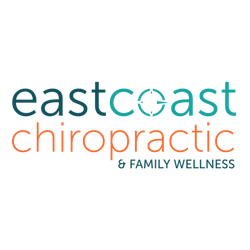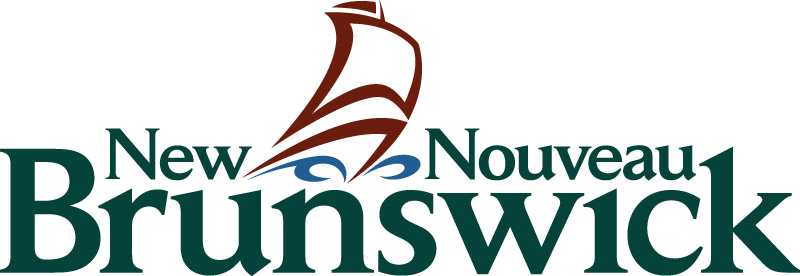This post is presented by All Smiles Orthodontic Specialists
When Should My Child Be Seen by An Orthodontist?
The Canadian Association of Orthodontists (CAO) and the American Association of Orthodontists (AAO) both agree that children should be seen by an Orthodontist at the age of 7.
This recommendation is based on a few important factors related to the average dental and skeletal development that can be expected at this age. Dentally, the average child will have most of their adult incisors and all four adult first molars, also known as 6 year molars. Deviations from this presentation could indicate severe crowding, missing adult teeth and/or abnormal eruption paths. Skeletally, at 7 years old, the bones of the jaws are still growing which means that we are still able to modify their size, shape and position if abnormal growth has occurred This window of opportunity is especially important for the upper jaw which will generally complete its growth at the age of 10.
Below are some notable dental and skeletal problems that are commonly discovered and treated at an early age by Orthodontists.
DENTAL ISSUES
1. Crowding and Spacing | Once a child’s adult incisors and first molars are in the mouth, we are able to accurately predict the degree of crowding or spacing that might occur once all the adult teeth are in the mouth. Excessive crowding is more than just crooked teeth. Crowding could block the eruption of certain adult teeth or cause adult teeth to erupt into unhealthy positions. Crowded teeth will often experience uneven wear which will become more apparent if straightening is delayed until later in life.
Spacing is generally less of a concern, however alterations in the normal path of eruption of the upper canines is more common when excess spacing is present. If the upper canines erupt in an abnormal path, they can potentially damage the roots of the incisors and the canines can become stuck in the roof of the mouth. Early treatment options for crowding or spacing are varied. It is often as simple as a series of observation appointments spread over a period of years to monitor the eruption pathways. However, if the health of the teeth are at risk, your child may require active treatment such as the removal of baby teeth to make room for incoming adult teeth, widening of the jaws to accommodate the teeth or straightening of the teeth using braces or clear aligners to move them out of harms way.
2. Overbite / Proclined Upper Incisors / Bucked Teeth | Proclined upper incisors are both an esthetic concern and an injury risk. Children with excessively proclined upper incisors are more likely to experience traumatic injuries to these teeth in the form of chipped, fractured and lost teeth. Early treatment will attempt to move the teeth back and improve their angulation. This is accomplished by a short 3 to 6 month treatment with braces or clear aligners.
3. Openbites and Thumb Sucking Habits | An anterior openbite is when the back teeth are biting together but there is a gap between the upper and lower front teeth. Although an anterior openbite can be caused by a size discrepancy between the upper and lower jaws, the most likely causes in a 7 year old is a thumb or digit sucking habit or a forward or low resting tongue posture. Treatment for a thumb habit begins with educating the child about the negative impacts of thumb sucking. However, if the child expresses a desire to eliminate the thumb habit but is unable stop on their own, we will insert a habit breaker appliance to aid in the elimination of the habit. Other common issues associated with thumb sucking include, proclined or bucked upper incisors, narrow upper jaws and cross bites at the back teeth.
4. Crossbites | In a proper bite, the upper teeth overlap the lower teeth. A crossbite is when the lower teeth overlap the upper teeth. A crossbite can be a single tooth or a group of teeth. Although crossbites sound harmless enough, they can cause irreparable damage to teeth, gums and facial balance. Single tooth crossbites can push the offending tooth out of the bone, possibly leading to the loss of supporting bone, loss of supporting gum tissue and possibly loss of the tooth. Crossbites that are caused by a group of teeth in the back of the mouth may cause the lower jaw to shift to the left or right in order to find a more stable bite. If this jaw shift is left untreated, the lower jaw may permanently settle and grow into this new position which can result in a visible facial asymmetry.
SKELETAL ISSUES
Small Upper Jaw | The upper jaw completes its forward growth around the age of 10. This leaves us a with a narrow window for which we can influence its growth. A recent study has shown that early treatment to advance the upper jaw reduced the need for surgical correction of the jaws later in life by 40%. For this reason, early detection and treatment is imperative. Signs that indicate a small upper jaw include, an underbite (lower teeth are in front of the upper teeth), lower lip protrudes forward beyond the upper lip and minimal display of the upper incisors when smiling. Treatment involves wearing a special type of head gear, worn only at night, which pulls forward on the upper jaw. In my experience kids adapt to this appliance very well and achieve amazing results.
Do I Need A Referral from My Dentist to Book an Appointment?
A common misconception is that parents need a referral from their dentist in order to book an appointment with an Orthodontist. This is not the case. In fact, most Orthodontists, including All Smiles Orthodontic Specialists, offer complementary initial exams or screenings for all ages. It is not uncommon for us to follow a child throughout their dental development and into a complete adult dentition free of charge without ever providing active treatment.
To schedule your child’s orthodontic evaluation, contact us today!
.png) Dr. Stanley is a graduate from Dalhousie University with a Bachelor of Science and Doctor of Dental Surgery and Masters of Science in Orthodontics from the University of Alberta in 2016.
Dr. Stanley is a graduate from Dalhousie University with a Bachelor of Science and Doctor of Dental Surgery and Masters of Science in Orthodontics from the University of Alberta in 2016.
Originally from Nova Scotia, Dr. Stanley first practiced Dentistry for 6 years in Yarmouth, Nova Scotia before making the move to New Brunswick. Dr.Stanley and his wife Jennifer, who is a West Saint John native, now reside in Quispamsis, NB. Dr. Stanley and Jennifer have four young children under the age of 7.
The Stanley’s enjoy being involved in many activities around the community. Aside from spending time with his family, Dr. Stanley can be found golfing, coaching minor hockey, playing hockey or cheering on his favorite hockey team. Go Bruins Go!
Most recently Dr. Stanley has expanded his services to the Fredericton/Oromocto area for 2 days per week. He is very excited for this new endeavor and looks forward to meeting you!
You might also like…
.png)
.png)



















